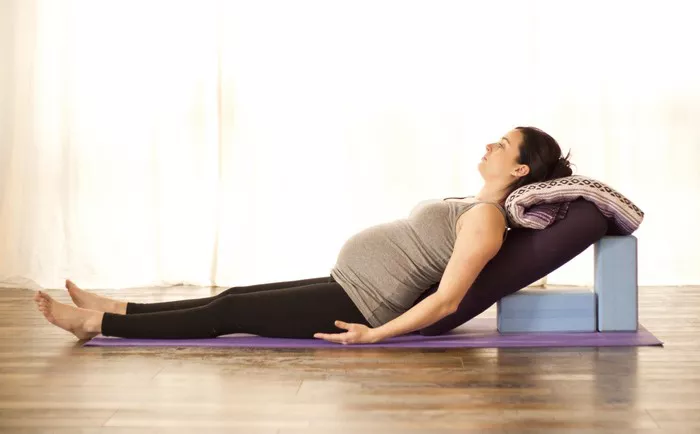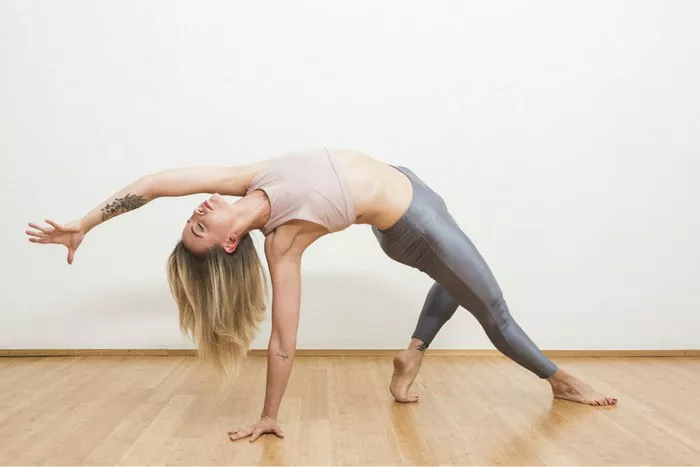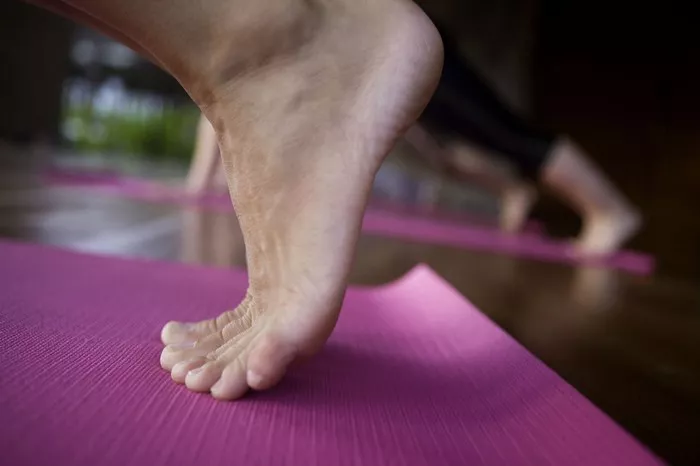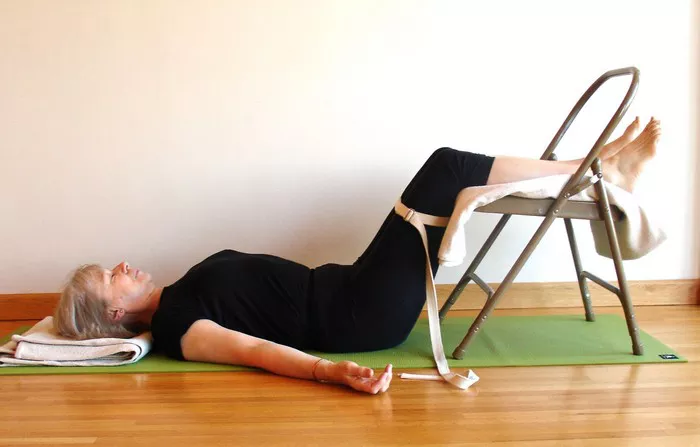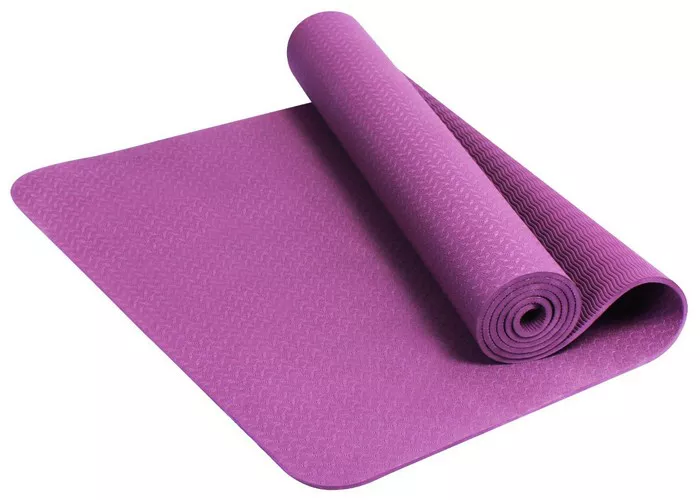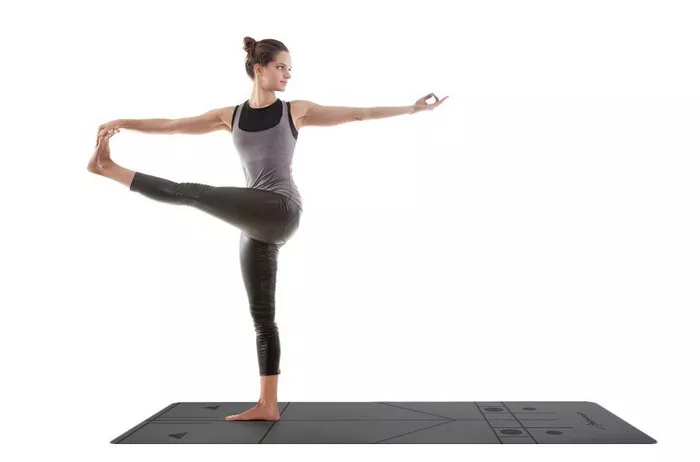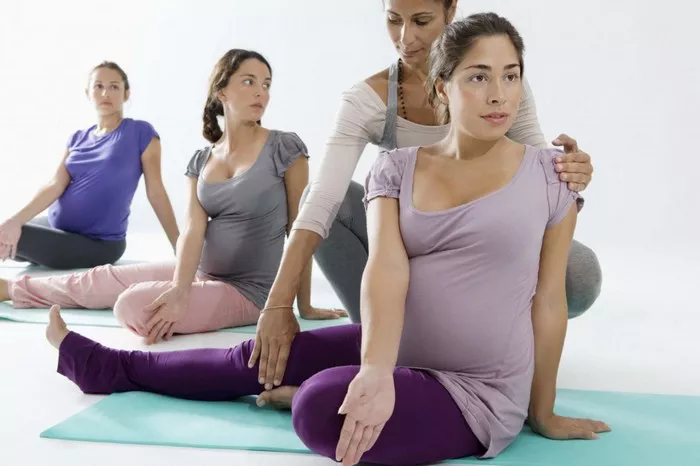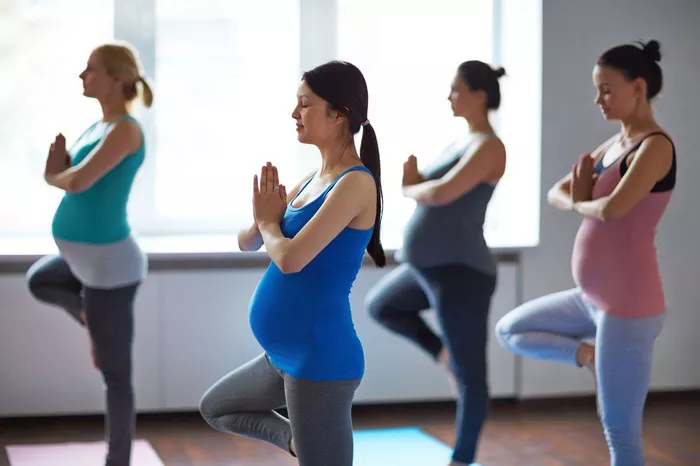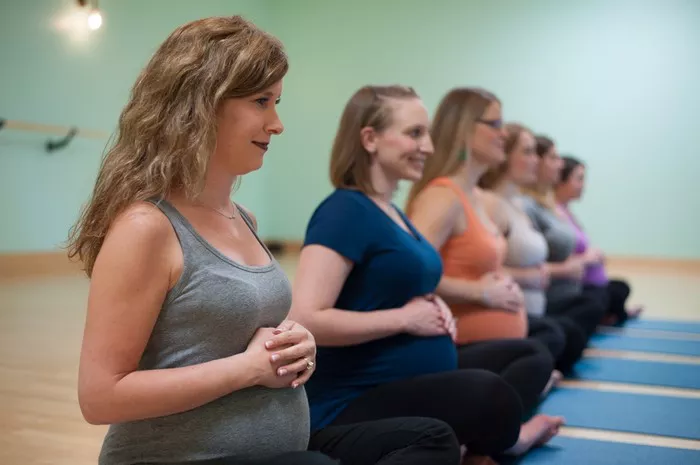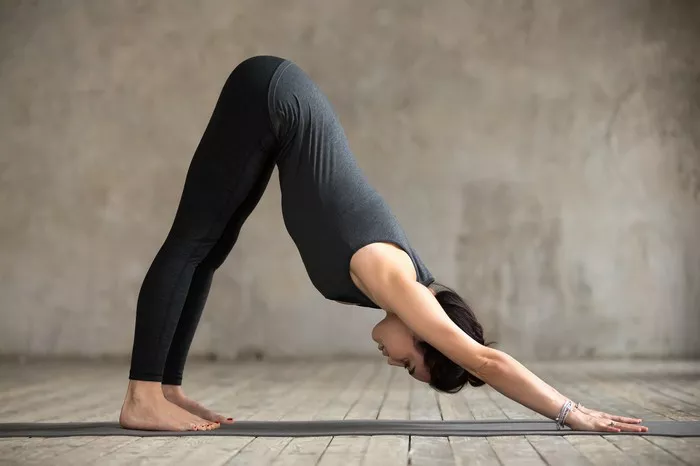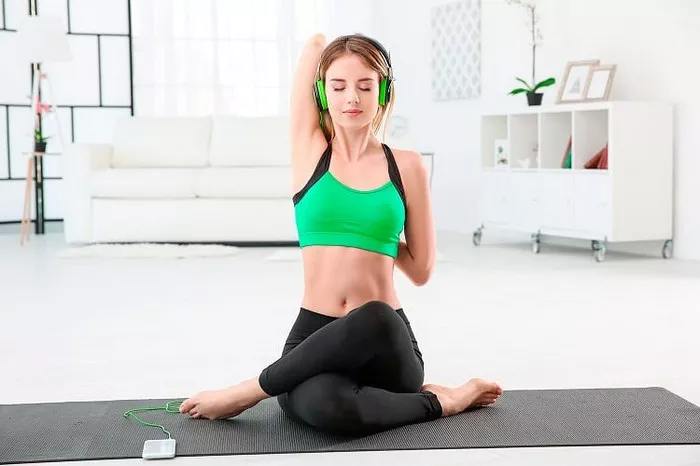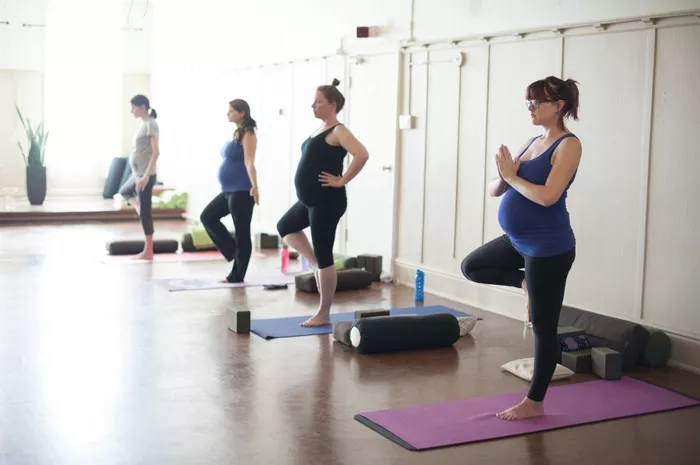Hatha yoga, one of the most well-known forms of yoga, is a practice that harmonizes the body and mind through physical postures (asanas), breathing techniques (pranayama), and meditation. It serves as the foundation for many modern styles of yoga, including Vinyasa, Ashtanga, and Iyengar. But when it comes to the number of poses in Hatha yoga, the answer is not as straightforward as one might think.
The Origin of Hatha Yoga Poses
The origins of Hatha yoga can be traced back to ancient texts such as the “Hatha Yoga Pradipika” (15th century), “Gheranda Samhita” (17th century), and “Shiva Samhita.” These scriptures outline various physical postures meant to prepare the body for deep meditation and spiritual awakening.
According to the “Hatha Yoga Pradipika,” there are 84 classic asanas that serve as the foundation of Hatha yoga practice. However, the text only explicitly describes a handful of these postures. Later interpretations and developments by modern yoga teachers have expanded the repertoire of Hatha yoga poses to several hundred, if not thousands.
The 84 Traditional Asanas
Many yogic traditions consider 84 asanas to be sacred and essential for a complete practice. These postures range from simple seated positions to complex, advanced poses. While not all 84 poses are documented in ancient texts, various yoga schools and teachers have compiled lists based on their knowledge and practice.
Some of the most fundamental traditional Hatha yoga poses include:
Sukhasana (Easy Pose) – A comfortable seated posture for meditation.
Padmasana (Lotus Pose) – A classic cross-legged pose that promotes concentration.
Tadasana (Mountain Pose) – A foundational standing pose that enhances balance and alignment.
Adho Mukha Svanasana (Downward-Facing Dog) – A popular inversion that stretches the entire body.
Bhujangasana (Cobra Pose) – A gentle backbend that strengthens the spine.
Dhanurasana (Bow Pose) – A deep backbend that stimulates the nervous system.
Sarvangasana (Shoulder Stand) – An inversion that improves circulation and strengthens the core.
Shavasana (Corpse Pose) – A relaxation pose that concludes most yoga sessions.
These are just a few of the classic poses; many more are recognized and practiced in various traditions.
The Evolution of Hatha Yoga Poses
While the classical texts provide a foundation, modern Hatha yoga has expanded to include numerous variations, modifications, and entirely new postures. Today, yoga teachers and practitioners commonly work with over 200 to 300 poses, each offering unique benefits.
Some of the most commonly practiced categories of Hatha yoga poses include:
1. Standing Poses
- Warrior I (Virabhadrasana I)
- Warrior II (Virabhadrasana II)
- Triangle Pose (Trikonasana)
- Tree Pose (Vrikshasana)
2. Seated Poses
- Seated Forward Bend (Paschimottanasana)
- Butterfly Pose (Baddha Konasana)
- Half Lord of the Fishes Pose (Ardha Matsyendrasana)
3. Backbends
- Camel Pose (Ustrasana)
- Wheel Pose (Chakrasana)
- Fish Pose (Matsyasana)
4. Inversions
- Headstand (Sirsasana)
- Forearm Stand (Pincha Mayurasana)
- Handstand (Adho Mukha Vrksasana)
5. Balancing Poses
- Crow Pose (Bakasana)
- Eagle Pose (Garudasana)
- Dancer’s Pose (Natarajasana)
These poses, along with numerous variations and modifications, contribute to a well-rounded Hatha yoga practice.
The Role of Asanas in Hatha Yoga
In Hatha yoga, asanas serve several important purposes:
Physical Health – Enhancing flexibility, strength, and balance.
Energy Flow – Stimulating the body’s energy channels (nadis) and chakras.
Mental Clarity – Cultivating focus, relaxation, and mindfulness.
Preparation for Meditation – Allowing the practitioner to sit comfortably for prolonged meditation sessions.
How Many Poses Should You Practice?
The number of poses one should practice depends on individual needs, goals, and experience level. Beginners may start with 10-15 foundational poses, while more advanced practitioners might explore a broader range of asanas. Many yoga classes incorporate 20-30 poses per session, ensuring a balanced workout and relaxation period.
Conclusion
While the traditional scriptures mention 84 Hatha yoga poses, modern practice has expanded the number significantly. Today, there are hundreds of poses available to practitioners, each with unique benefits for the body and mind. Whether you are a beginner or an advanced yogi, understanding and incorporating a variety of asanas into your practice can help enhance physical health, mental clarity, and overall well-being.
The beauty of Hatha yoga lies not just in the number of poses but in their mindful execution and integration into daily life. Whether practicing a few poses or exploring the full range of asanas, the ultimate goal remains the same: achieving balance, harmony, and inner peace.
Related Topics:

